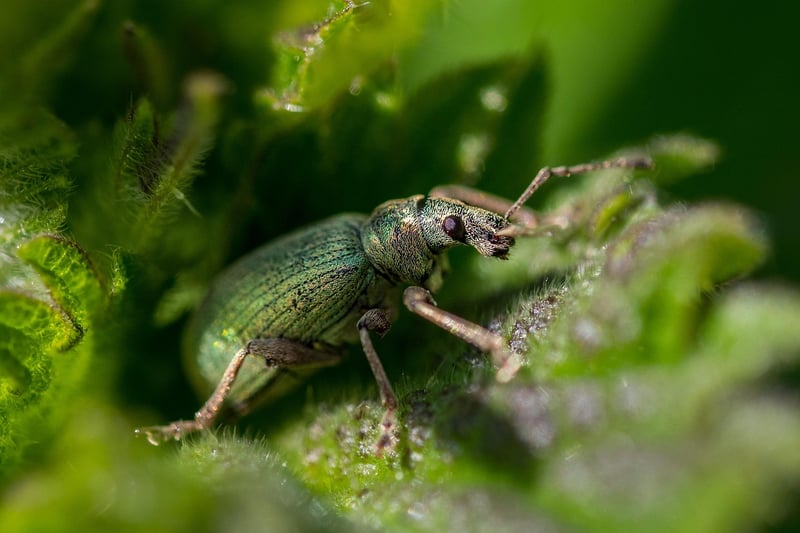Troubleshooting Pests
Essential Plant Maintenance and Troubleshooting Pests
Introduction
Welcome to our guide on essential plant maintenance and pest troubleshooting. Whether you are a novice or experienced gardener, taking care of your plants and dealing with pests effectively is crucial for a thriving garden. This article will provide you with useful tips and strategies to ensure your plants stay healthy and pest-free.
Essential Plant Maintenance Tips
- Watering: Ensure your plants receive adequate water based on their specific needs. Overwatering or underwatering can harm your plants.
- Pruning: Regularly prune your plants to remove dead or overgrown parts, promoting healthy growth.
- Fertilizing: Use appropriate fertilizers to provide essential nutrients to your plants for optimal development.
- Sunlight: Place your plants in locations where they receive the right amount of sunlight based on their requirements.
- Soil Quality: Ensure your plants are planted in well-draining soil with the right pH levels for their optimal growth.
Troubleshooting Common Pests
Despite your best efforts, pests can still find their way to your plants. Here are some common pests and how to deal with them:
Aphids
Description: Small, soft-bodied insects that feed on plant juices.
Solution: Spray plants with a mixture of water and dish soap or use insecticidal soap.

Spider Mites
Description: Tiny pests that suck plant juices, causing leaves to stipple and turn yellow.
Solution: Increase humidity around plants and spray with water to dislodge mites.

Slugs and Snails
Description: These pests feed on leaves, leaving large holes and silvery slime trails.
Solution: Use barriers like copper tape or diatomaceous earth to protect plants.

Conclusion
Maintaining your plants and effectively dealing with pests are vital aspects of successful gardening. By following the tips provided in this guide, you can ensure your plants remain healthy and pest-free, allowing you to enjoy a beautiful and thriving garden.
